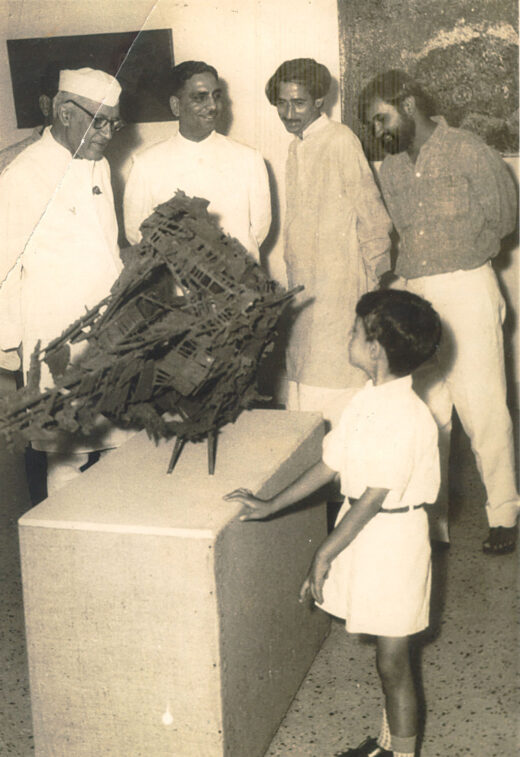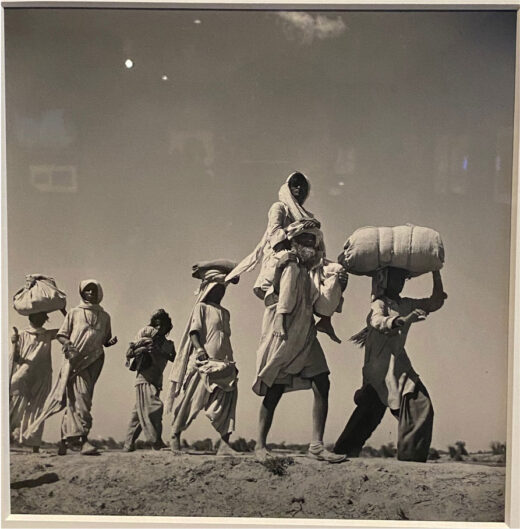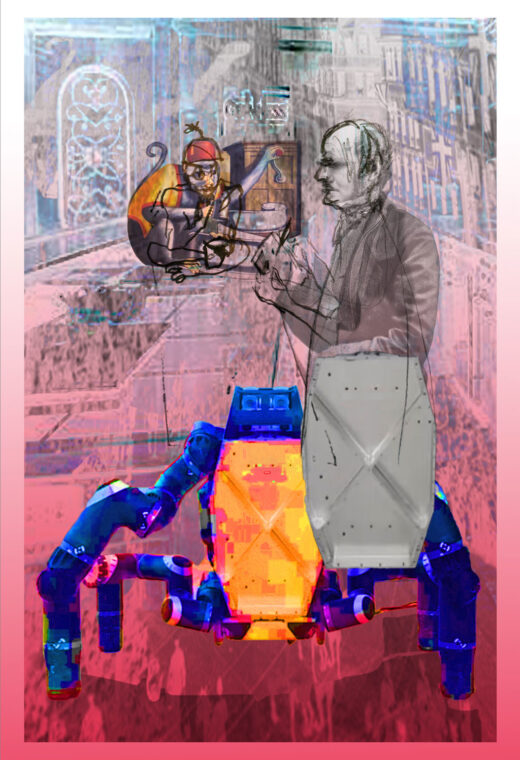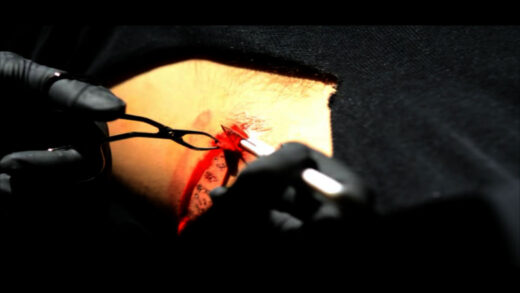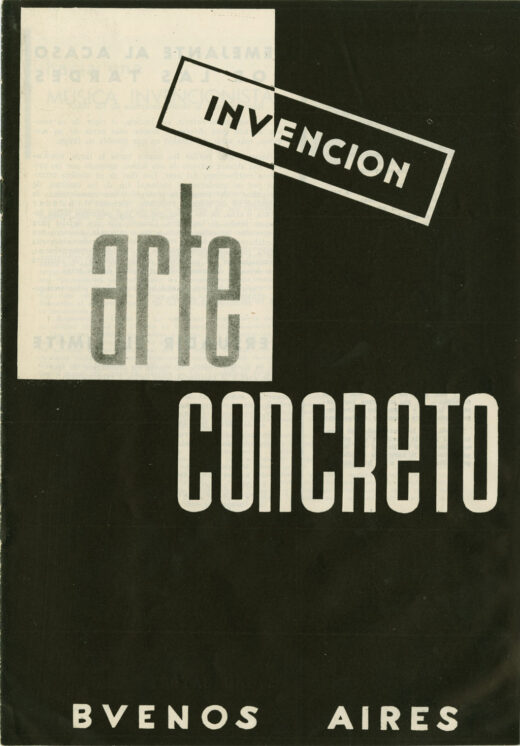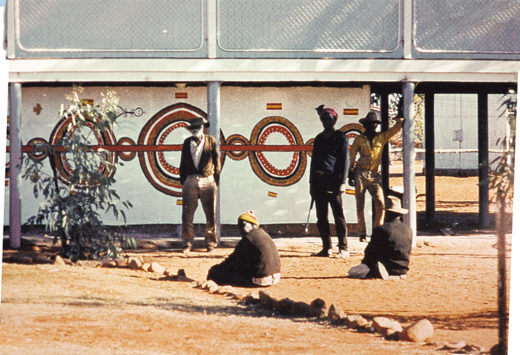Southern Lights: Octavio Paz’s “Glimpses of India” and the Art of Relation
This article analyzes the articulation of south-south relation in Octavio Paz’s In Light of India (1995) and A Tale of Two Gardens: Poems from India, 1952-1995 (1997), works of prose and poetry that traverse the antipodes of Mexico and India. These works emphasize partial viewing, repeated comparison, and cultivated sense-perception. They model a poetics of the glimpse, an effect of the play of light and shadow and a privileged mode of seeing for Paz. To glimpse is to see without clarity, control, or complete knowledge. It is to find oneself in the other. Paz’s writing anticipates twenty-first-century projects that relate … Read more

